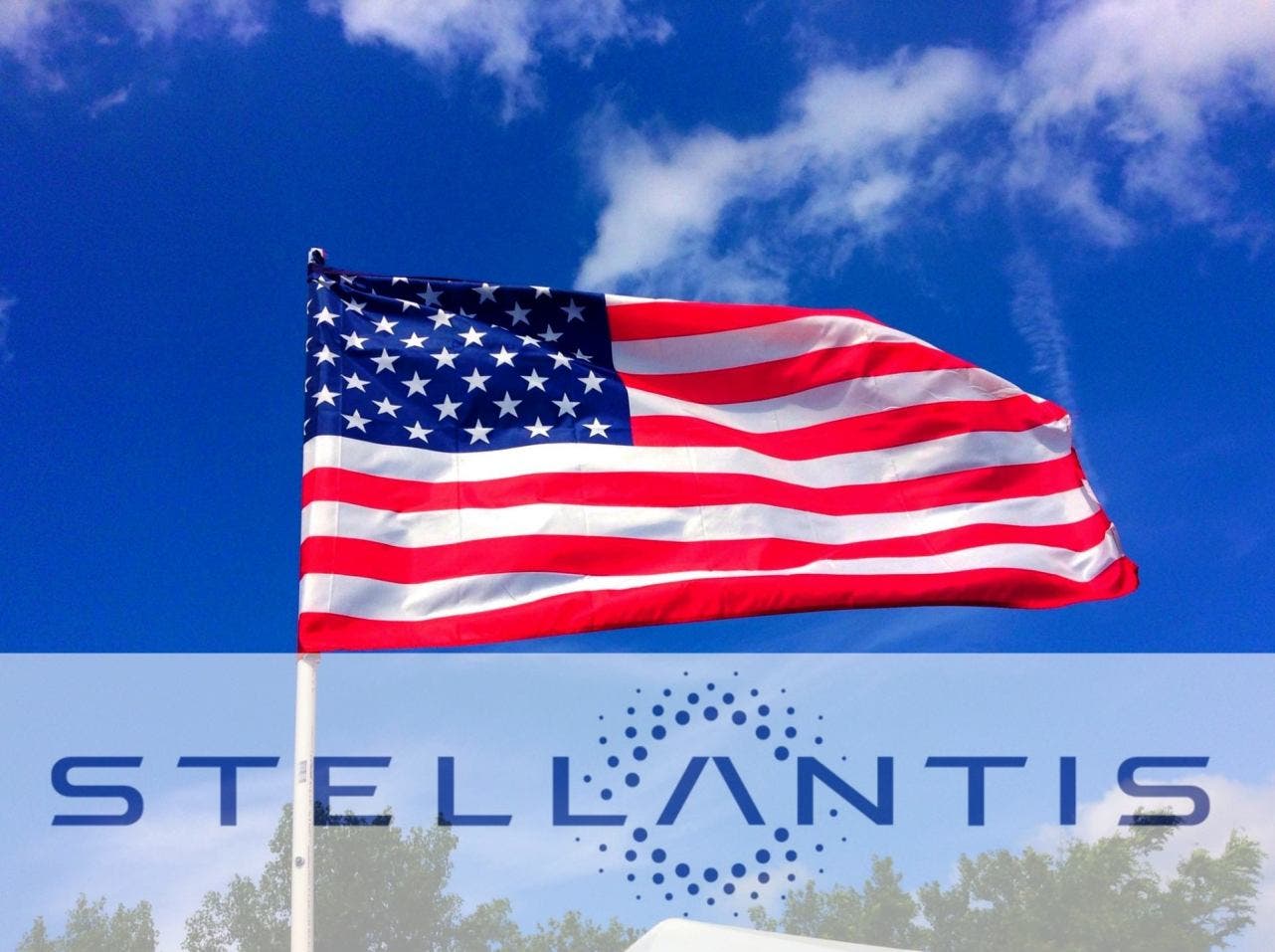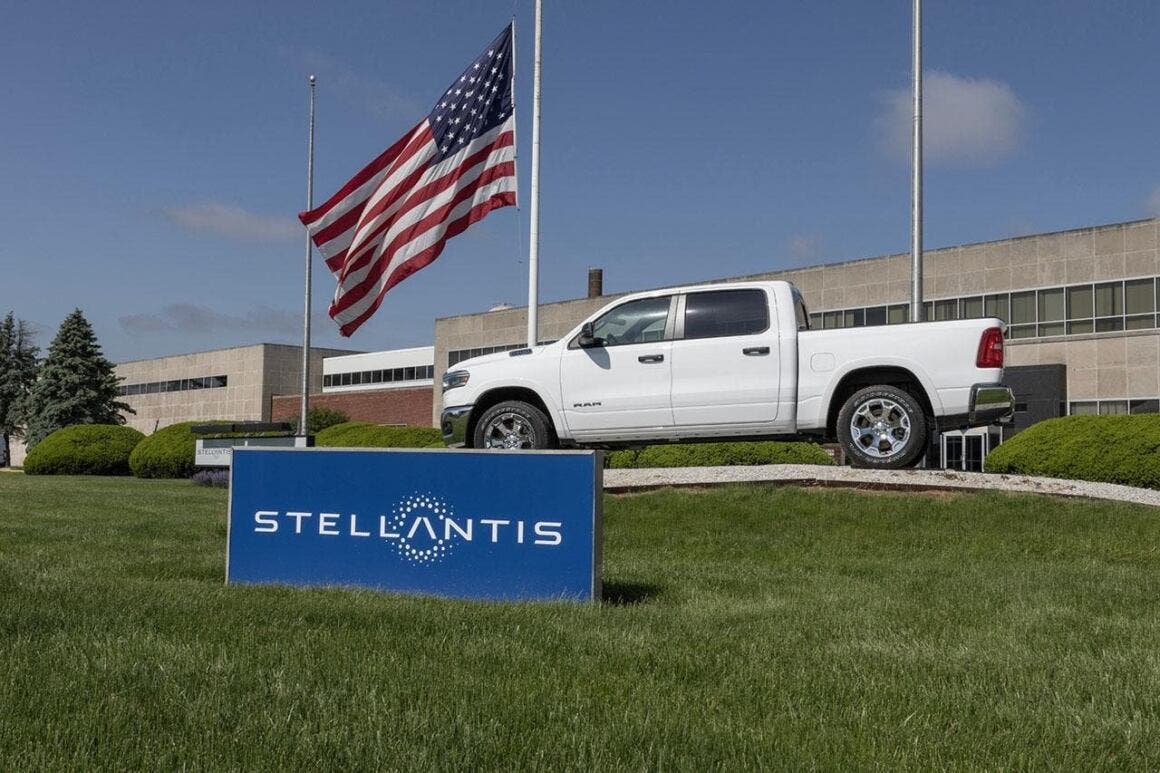Stellantis is preparing to face the impact of new customs barriers imposed by the United States, doing so with a decisive and timely industrial plan. The automotive giant has begun a significant restructuring of its production presence in North America, shifting part of its pickup truck production from Mexico to Michigan. This is a preventative action to mitigate the effects of the new 25% tariff announced by President Donald Trump on vehicles and components that don’t comply with the new USMCA trade agreement rules.
Stellantis prepares to face the impact of new U.S. customs barriers

Doug Ostermann, Chief Financial Officer of Stellantis, confirmed these ongoing maneuvers during a call with analysts: “We are recalibrating our investments, workforce, and industrial presence on American soil to maintain the group’s profitability,” he explained.
Stellantis‘ strategy includes increasing the share of locally produced components, which currently stands at around 80%, with the goal of reaching 85%. This level would allow the company to benefit from temporary discounts provided in the first two years of the new tariff policy’s application.
Operational measures include suspending the import of certain models, the possible closure of Stellantis production lines in Mexico, and postponing the restructuring of the Brampton plant in Canada. Meanwhile, in Windsor, the production of iconic models such as Chrysler Pacifica, Voyager, and Dodge Charger has been temporarily halted due to regulatory instability.
The Canadian response was swift. Lana Payne, president of the Unifor union, expressed strong concern. The American strategy is accused of being “an articulated plan to drain investments from Canada and transfer jobs to U.S. facilities.” Payne denounced unfair treatment of components made in Canada. These, although identical, are taxed if assembled locally but not if assembled in the United States. At this point, Stellantis aims to strengthen its presence in the USA, minimizing tax impact and protecting operating margins.
